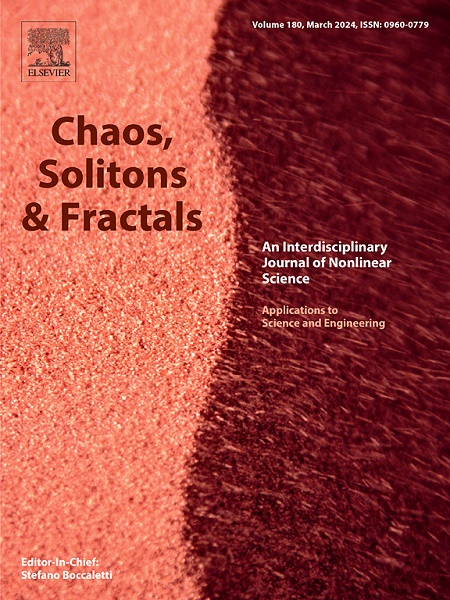Improving the small-signal stability of a stochastic power system — Algorithms and mathematical analysis
IF 5.6
1区 数学
Q1 MATHEMATICS, INTERDISCIPLINARY APPLICATIONS
引用次数: 0
Abstract
Tools and analysis for improving the small-signal stability of a stochastic power system by optimal power dispatch in each short time horizon, such as five-minute intervals, are provided in this paper. An objective function which characterizes the maximal exit probability from the static stability region across the phase-angle differences of all power lines is formulated. This objective function is proven to be Lipschitz continuous, nondifferentiable, and nonconvex, with a finite minimum defined over the region of power supply vectors. The formulas of the generalized subgradient and directional derivative of the objective function are provided, and based on these formulas, a two-step algorithm is designed to approximate a minimizer accompanied by the convergence proof: (1) using a projected generalized subgradient method to compute an effective initial vector, and (2) applying the steepest descent method to approximate a local minimizer. The algorithms have been verified using a synthesized power network, demonstrating computational validity and effectiveness in minimizing the maximal exit probability of all power lines.
提高随机电力系统小信号稳定性的算法与数学分析
本文提供了提高随机电力系统小信号稳定性的工具和分析方法,这些方法是在短时间范围内(如5分钟间隔)进行最优电力调度。给出了在所有电力线相位角差范围内,从静态稳定区(−π/2,π/2)最大退出概率的目标函数。证明了该目标函数是Lipschitz连续的、不可微的、非凸的,在电源向量区域上有一个有限的最小值。给出了目标函数的广义子梯度和方向导数的表达式,并在此基础上设计了一个两步逼近最小值的算法,并给出了收敛性证明:(1)用投影广义子梯度法计算有效初始向量,(2)用最陡下降法逼近局部最小值。通过一个综合电网对算法进行了验证,证明了算法在最小化所有电力线最大退出概率方面的有效性。
本文章由计算机程序翻译,如有差异,请以英文原文为准。
求助全文
约1分钟内获得全文
求助全文
来源期刊

Chaos Solitons & Fractals
物理-数学跨学科应用
CiteScore
13.20
自引率
10.30%
发文量
1087
审稿时长
9 months
期刊介绍:
Chaos, Solitons & Fractals strives to establish itself as a premier journal in the interdisciplinary realm of Nonlinear Science, Non-equilibrium, and Complex Phenomena. It welcomes submissions covering a broad spectrum of topics within this field, including dynamics, non-equilibrium processes in physics, chemistry, and geophysics, complex matter and networks, mathematical models, computational biology, applications to quantum and mesoscopic phenomena, fluctuations and random processes, self-organization, and social phenomena.
 求助内容:
求助内容: 应助结果提醒方式:
应助结果提醒方式:


